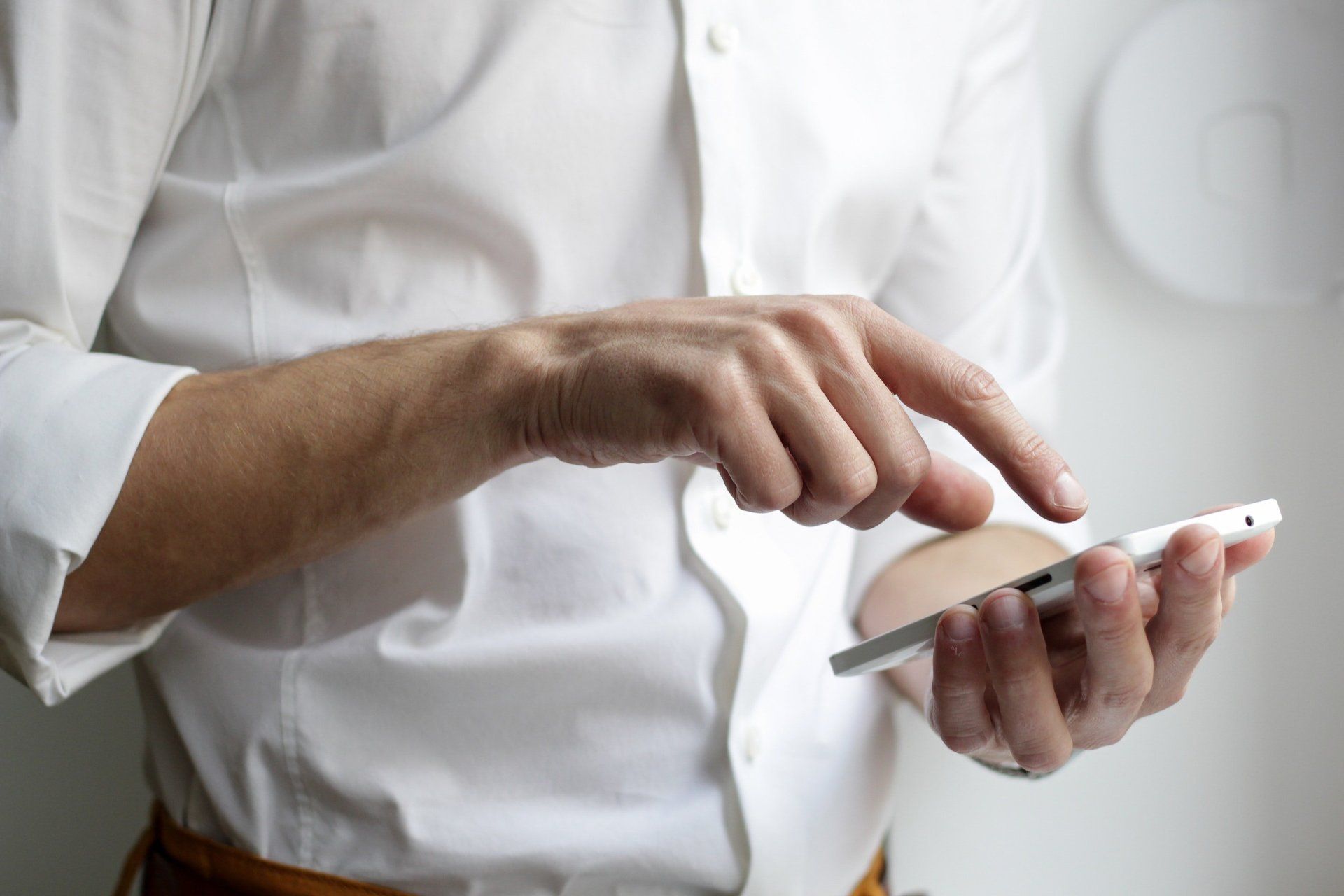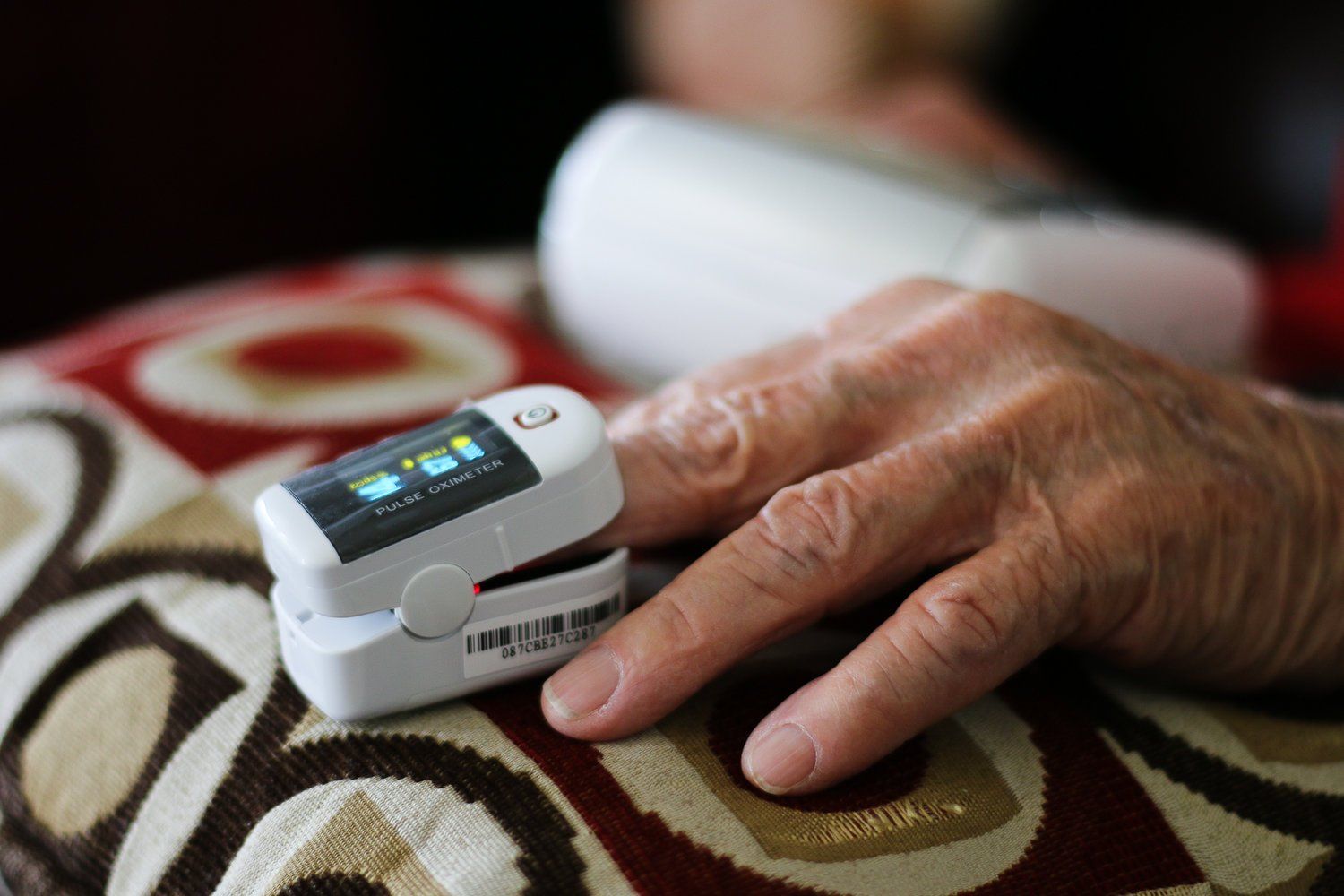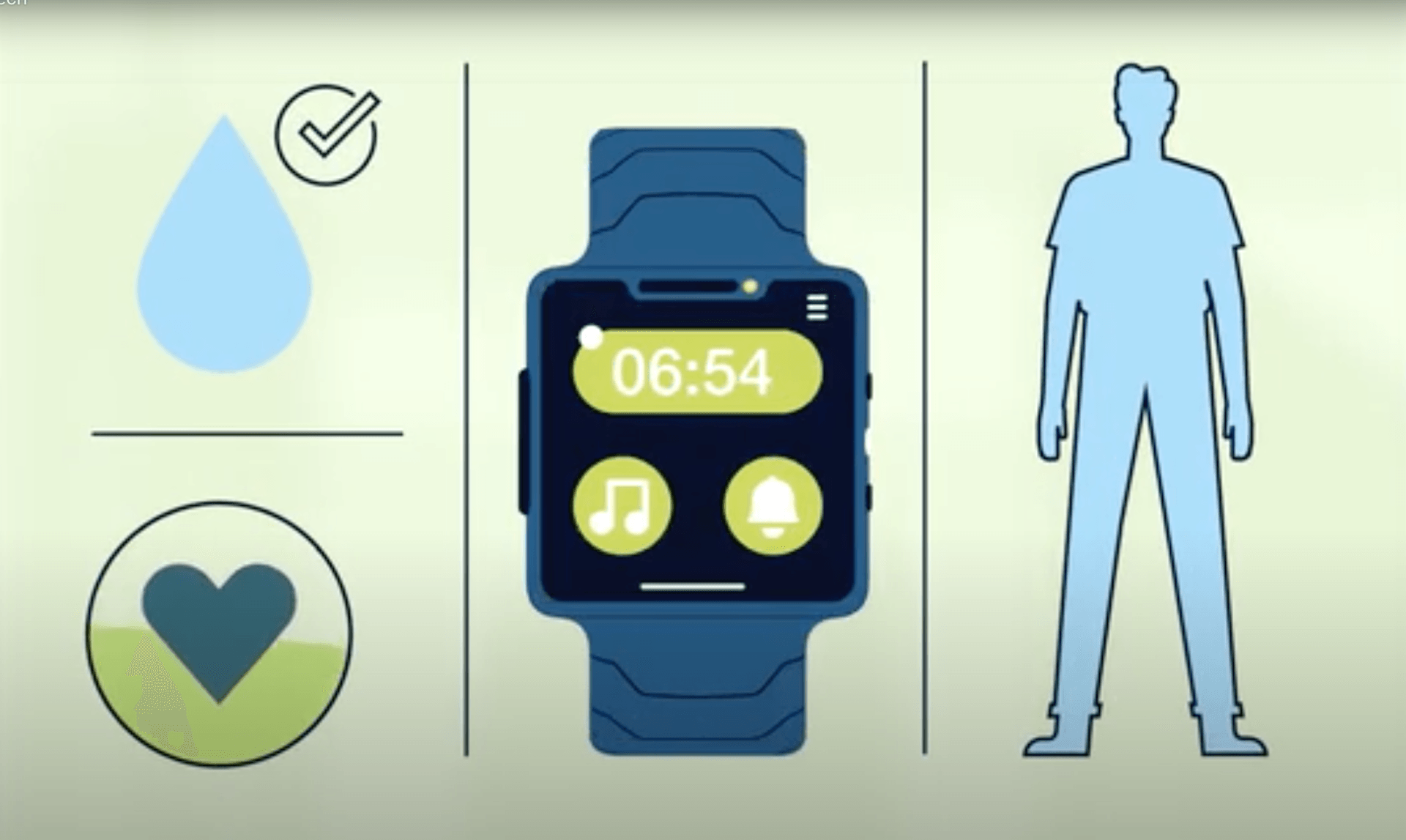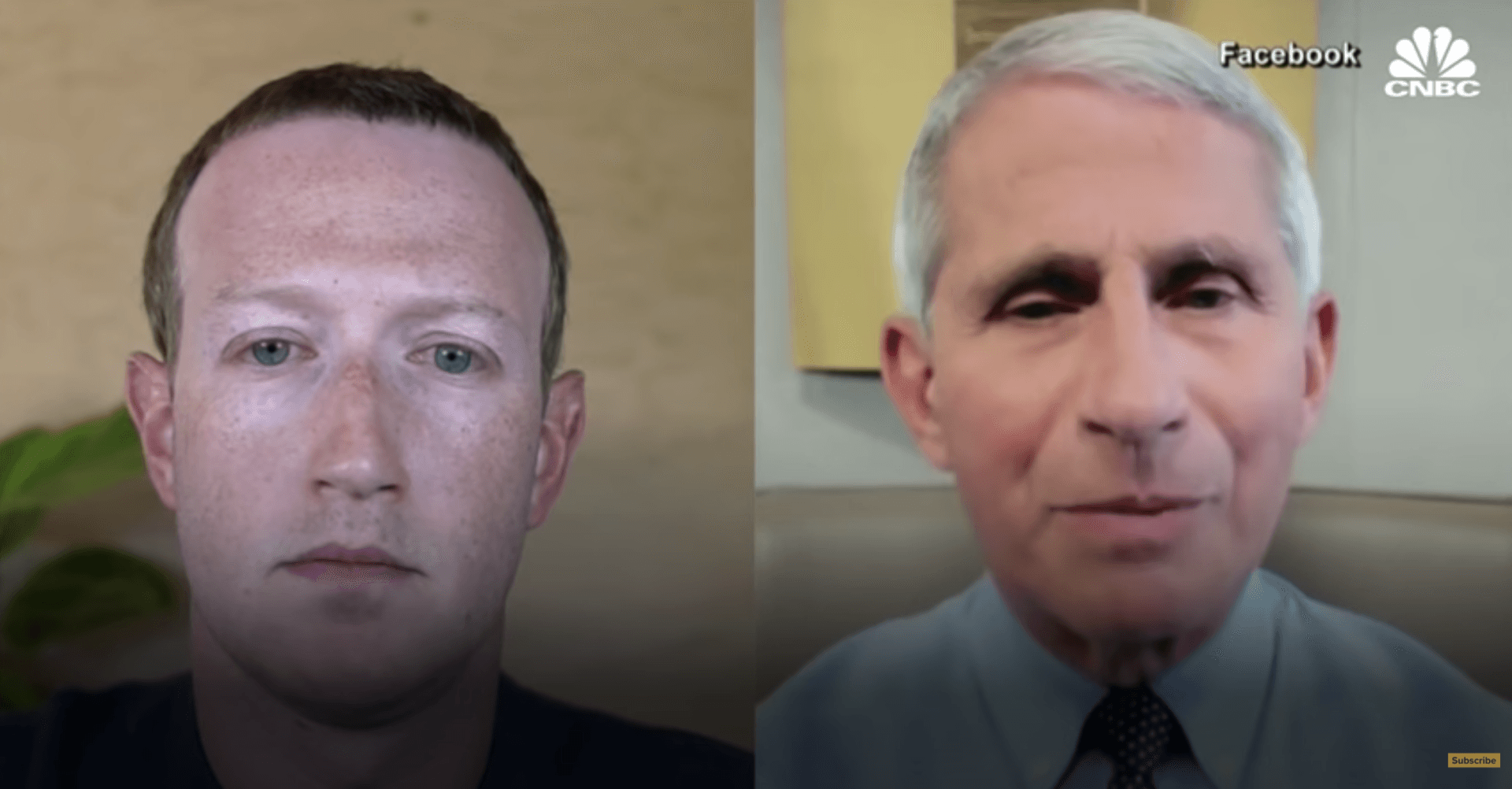Telemedicine is having a moment. How can patients make use of the growing industry?
Lucien Bruggeman • March 28, 2020
Telemedicine is having a moment. How can patients make use of the growing industry?
A mask and an iPad. That’s what a patient displaying symptoms associated with the novel coronavirus is handed when they arrive at Thomas Jefferson University Hospital in Philadelphia.
From an isolation room, the patient can then use their iPad to video chat with a remotely-located nurse practitioner who can evaluate their symptoms and determine next steps -- all without a face-to-face interaction. The process is called tele-triage, and it is just one of several ways telehealth is revolutionizing patient treatment in the coronavirus era.
From symptom-checking text bots to more traditional video chat consultations, telemedicine is having a moment -- and it’s a moment industry leaders say is a longtime coming.
"This crisis has supercharged interest and opportunity in telehealth on both the patient side and the provider side," said Dr. Ryan Arnold, an Omaha-based orthopedic surgeon at OrthoNebraska. "I feel like this is accelerating a trend that was going to happen regardless. And it’s going to be here to stay on the back end."
MORE: How telehealth can help fight novel coronavirus
Medical professionals across the board agree that broad-scale telemedicine could help solve many of the problems confronting the American health care system as it struggles to stay afloat amid the crush of COVID-19 cases.
"What telehealth can do is help both the clinicians as well as the consumer have access to service without actually getting exposed to the virus," said Ann Mond Johnson, CEO of the American Telemedicine Association (ATA). "It mitigates the risk. So in that regard it’s incredibly valuable."
Physicians have already begun using telemedicine to communicate with patients remotely via video chat. Patients who do so are less likely to contract or transmit the disease than if they were to visit the doctor’s office in person. Dr. Danielle DeHoratius, a dermatologist in Pennsylvania, began consulting patients this way soon after the coronavirus outbreak. One of her patients contacted her about a rash around his eyes, and said he had come into contact with the virus.
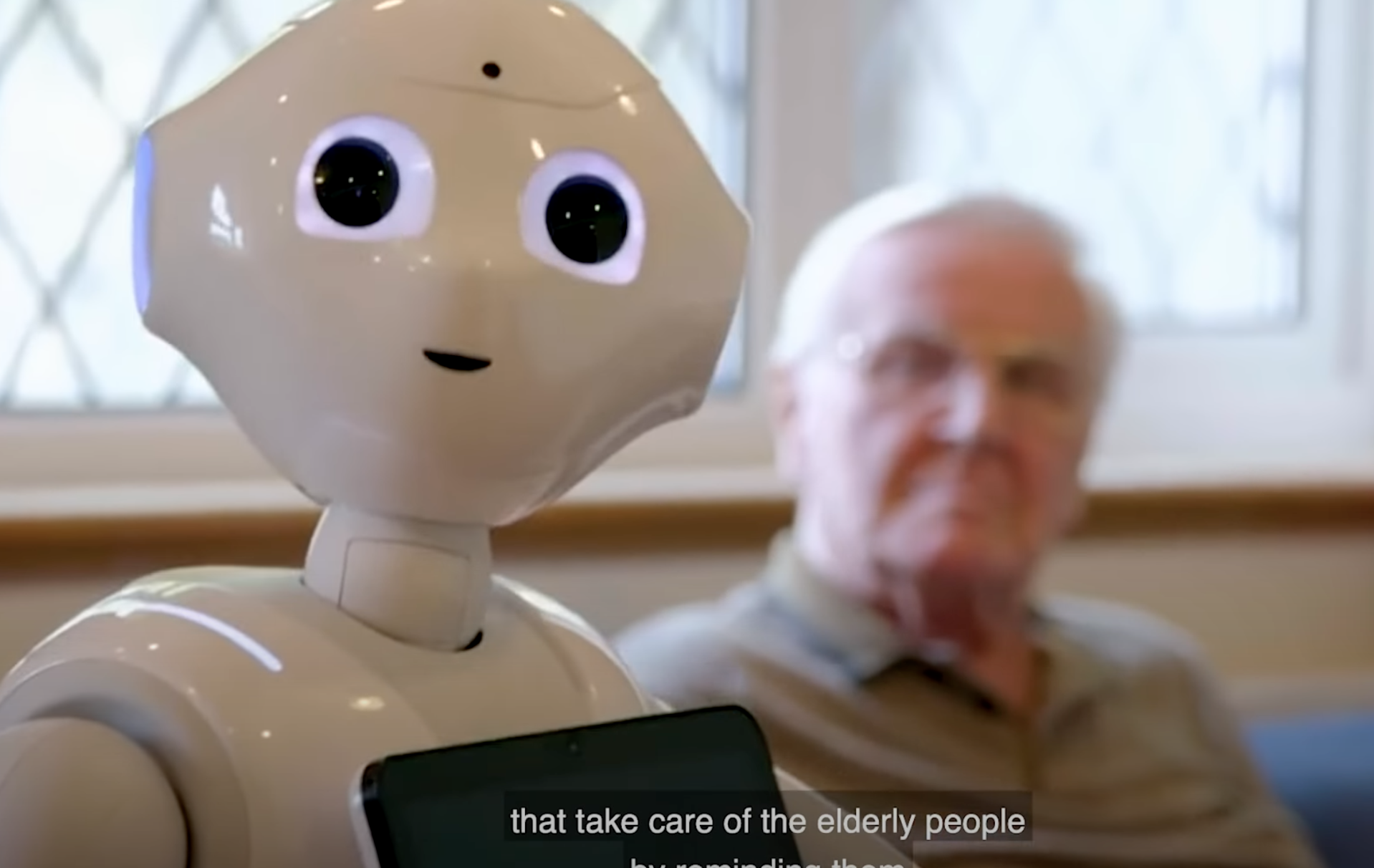
The weakness of the present healthcare system revealed by the Covid-19 crisis, along with the rise in chronic diseases associated with lifestyle changes and a rapidly aging population worldwide will shape the future of healthcare. Next-Generation Research Analyst Dr. Damien Ng took a close look at recent developments in digital healthcare, genomics, and extended longevity.
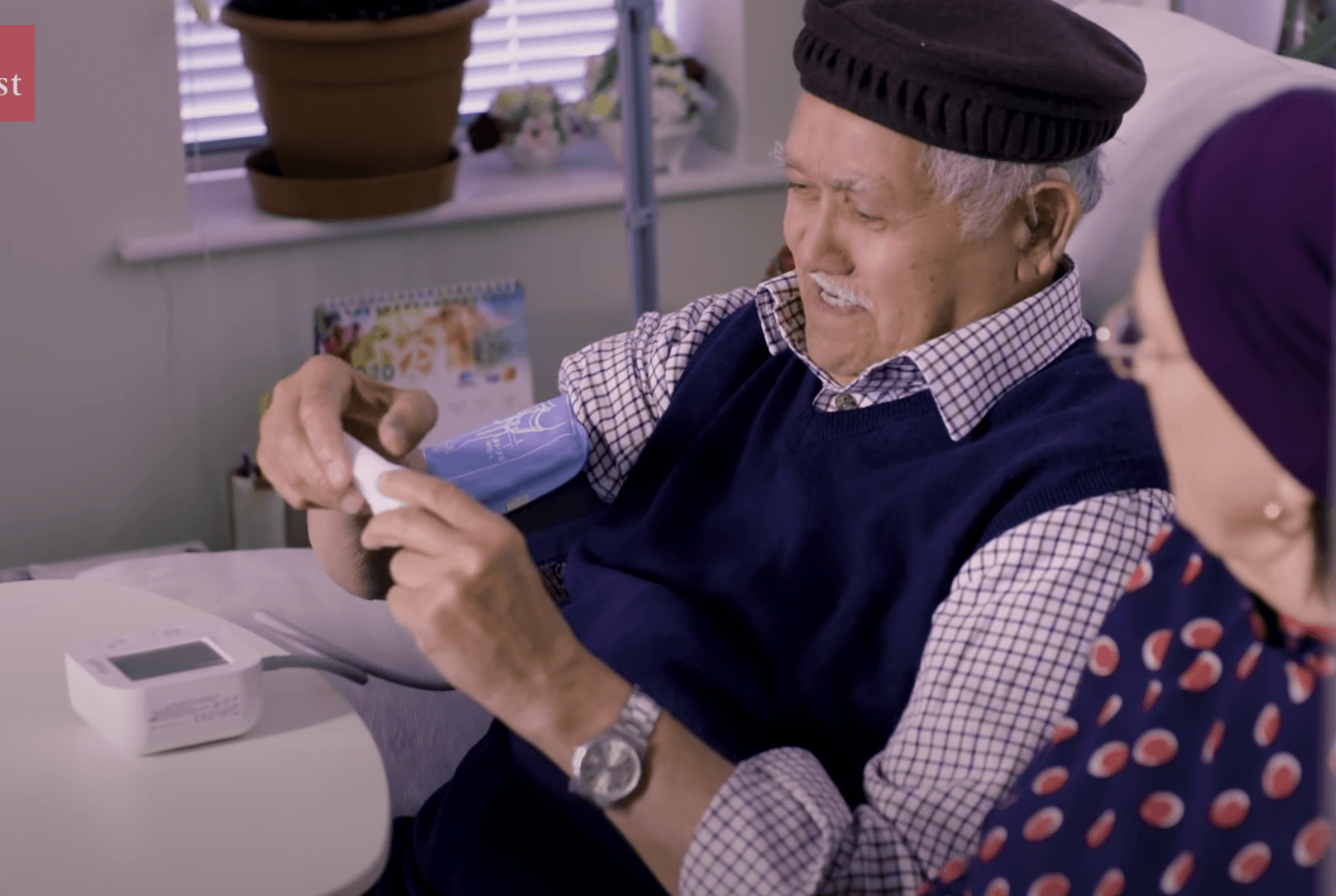
The COVID-19 pandemic has affected many elderly from receiving proper care. It has further highlighted problems faced by the elderly with dementia and chronic diseases
In this video presented by The Economist, watch how COVID-19 pandemic has impacted the elderly and how we can strive to improve the efficiency for elderly and chronic care with the rise of remote patient monitoring technology.

Improvements in technology and changes to insurance reimbursement rulings have helped increase the acceptance of telemedicine. Without it, doctors and therapists wouldn’t be able to connect with patients as easily, especially during the pandemic.
As telemedicine has become widespread, professionals and patients have grown more comfortable connecting virtually. Telemedicine isn’t meant to take the place of face-to-face visits. While it does have some disadvantages, which we’ll get into later, its benefits are undeniable.
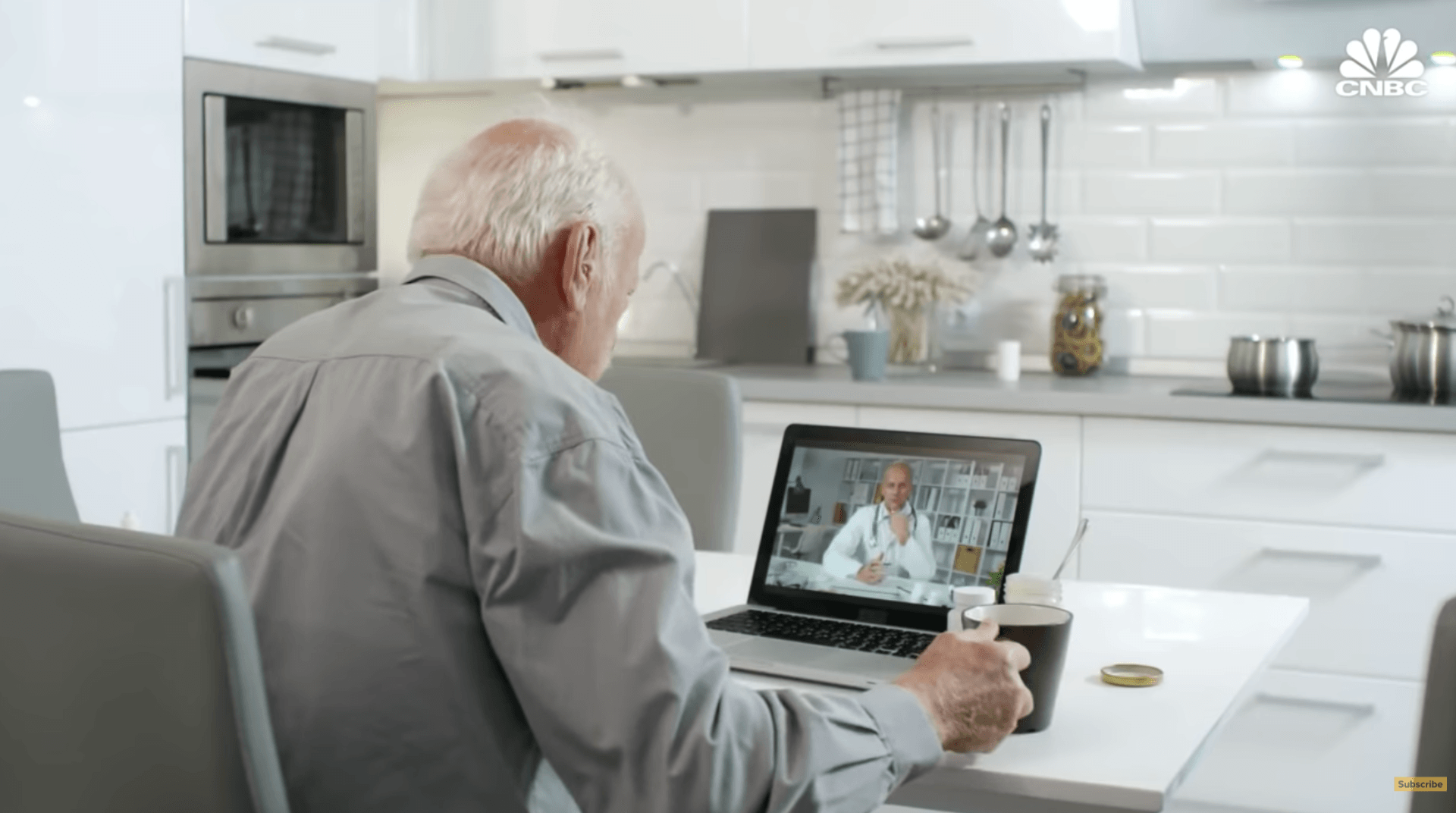
Telemedicine termed a 'silver lining' of the coronavirus pandemic. This time, it might just be true.
Telehealth use surged from 8% of Americans in December to 29% in May as primary care, mental health and specialists turned to remote care out of necessity during the COVID-19 pandemic, according to a UnitedHealth Group report.


